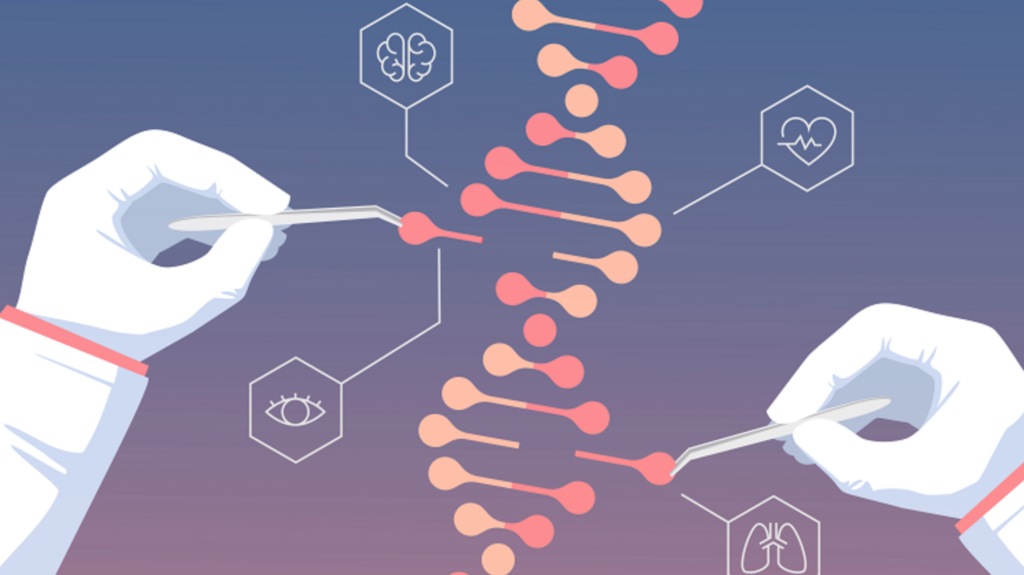
Scientists have developed a simple yet powerful tool for editing genomes. “CRISPR” stands for “clusters of regularly interspaced short palindromic repeats.” It allows researchers to easily alter DNA sequences and modify gene function. It has many potential applications including correcting genetic defects, treating and preventing the spread of diseases, and improving crops. However, the many promises of CRISPR technology also raise many ethical concerns.
While genetically modified plants (GMOs) have already been experimented and are used to improve crops, CRISPR technology is a more advanced version of genetic modification. GMOs involve cross-breeding crops to introduce new genetic features. CRISPR technology, on the other hand, involves editing already existing genetic information within a subject or species.
This project is also referred to as “designer babies” as scientists can essentially inject altered DNA into a human embryo to change its genetic properties. While we can in theory make super humans with enhanced abilities this way, this technology is more practically being applied to delete genetic diseases. When tested on rats with HIV, CRISPR injections helped almost completely erase the disease from each subject.
Another potential mind-blowing application of CRISPR technology is reverse-aging. As we get better at fine-tuning DNA, we may be able to move beyond the treatment of disease to develop unprecedented techniques of rejuvenation. As we learn how to use CRISPR-Cas to study DNA as a system, it becomes possible to imagine one day developing safe techniques to treat many adverse consequences of aging.
The long-term applications of this technology can be very optimistic to help cure retroviruses and even cancer! Once the first successful “designer baby” is born through CRISPR technology, however, this will be an irreversible change that impacts the rest of humanity as we know it! As that baby continues to grow and repopulate, there will be more and more children born with that same altered gene code. The main ethical topic of interest in this case is that we do not yet know how the grandchildren of “designer babies” will be affected by the same altered genetic code. If this was proven to be successful over the next few generations, however, CRISPR gene-editing technology can potentially make its way into mainstream society to become a new social norm.
WellPath Partners is your senior resource referral guide. Follow us on ALL social media platforms and join us weekly for more content and public health discussions.
By Prithvi Chauhan
Source: https://www.livescience.com/58790-crispr-explained.html
